What is Tie Dye Printing? (Based on both traditional and modern aspects)
A technique in which every fabric adopts a unique, artistic, and one-of-a-kind style according to its nature. In this technique, the fabric is twisted, knotted, or tied in a specific way, and then dipped into or applied with various dyes to achieve naturally forming patterns. Tie-dye is not just a printing style but an expression of art, where each time a new, unexpected, and vibrant design is created — just like waves of natural colors, shapes of clouds, or cosmic spirals. This printing method usually consists of bright, contrasting, and deep colors, which spread randomly yet attractively on the fabric. This unexpected and spontaneous beauty is what makes tie-dye unique from all other printing styles.
Send us your logo or design now to see how it looks with this printing technique — and get a free 3D mockup within 24 hours.
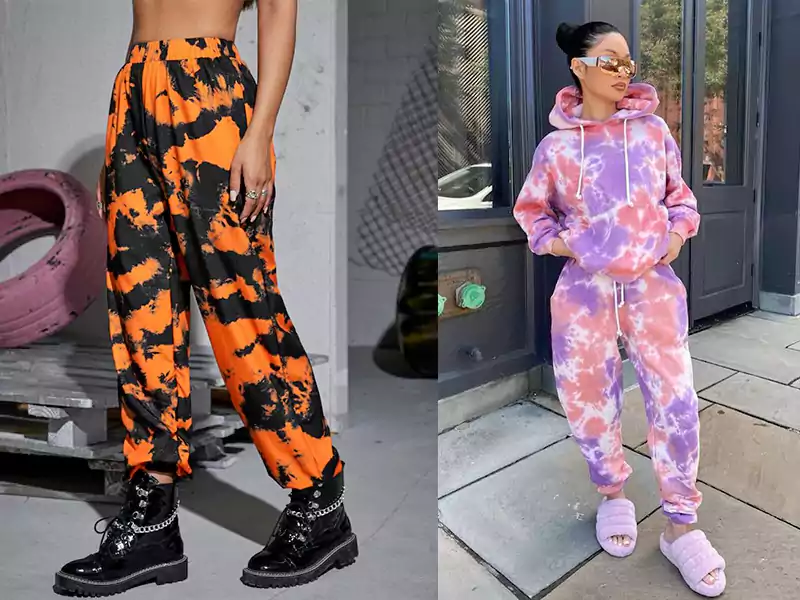
From Concept to Perfection Explore Our Tie-Dye Printed Products Collection.
As an experienced and professional clothing manufacturer, we specialize in bringing innovation and quality together. With our expertise in Tie-Dye , printing technique, we have crafted a wide range of products including t-shirts, hoodies, sweatshirts, and tracksuits that stand out with their unique appeal. This carousel showcases how Tie-Dye adds depth, texture, and vibrant detail to garments, turning simple apparel into premium fashion pieces. Backed by years of manufacturing experience and advanced printing skills, we help brands create collections that not only look stunning but also reflect durability and craftsmanship. Trust our expertise to transform your vision into reality with precision and style.

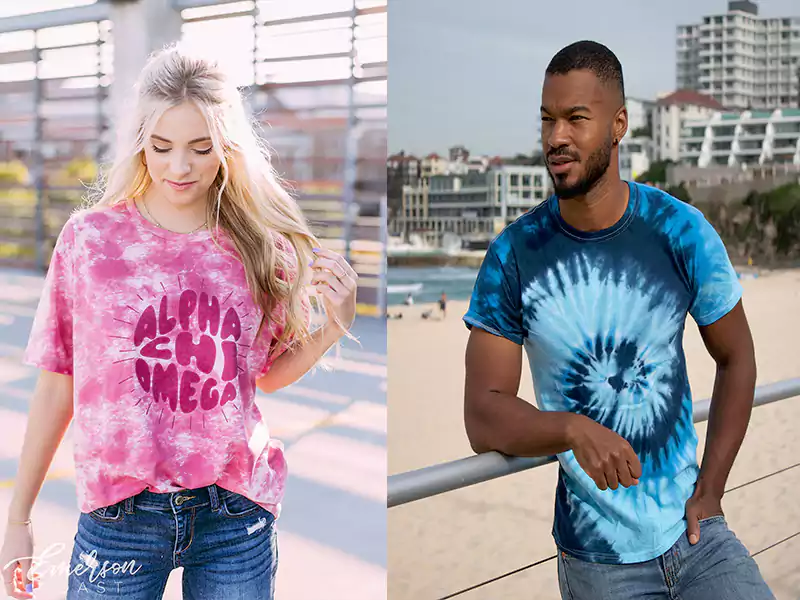
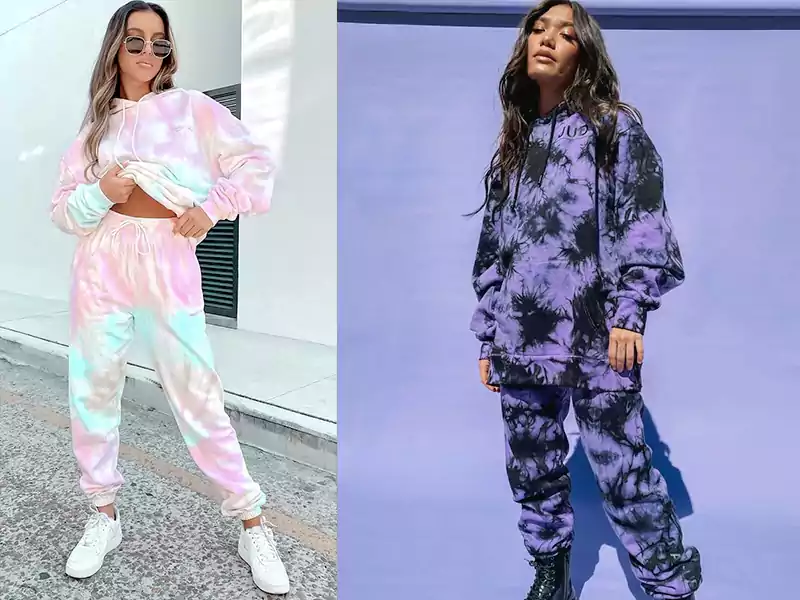
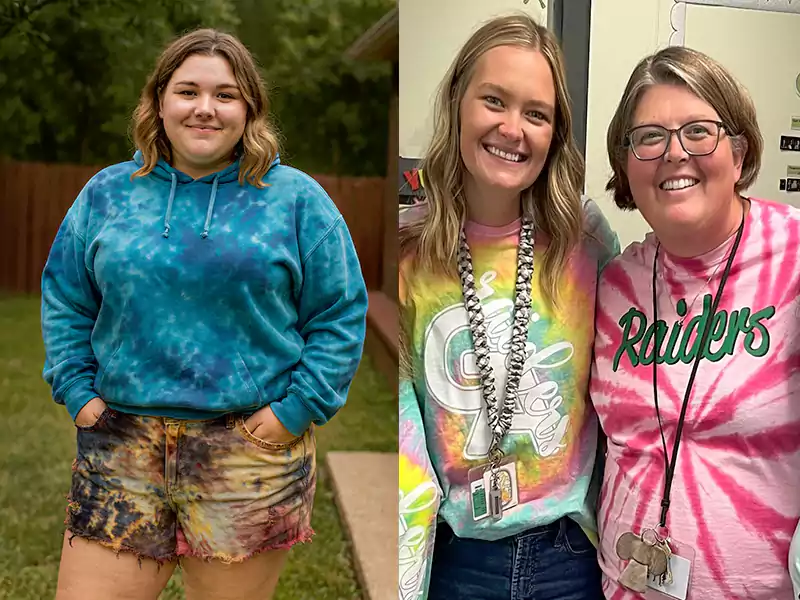
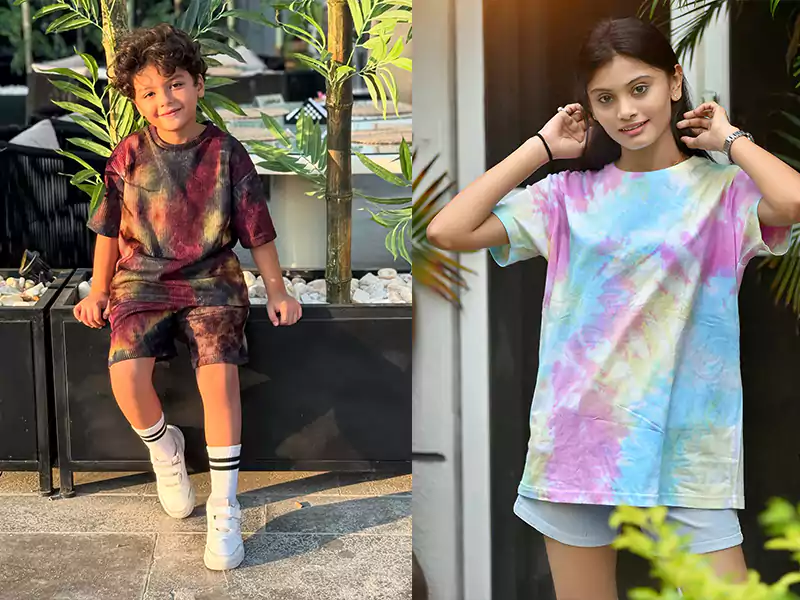
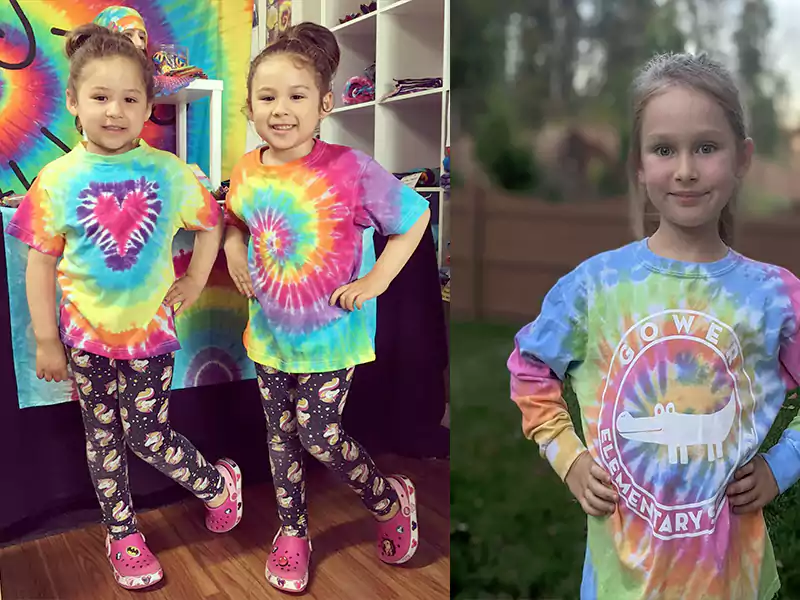
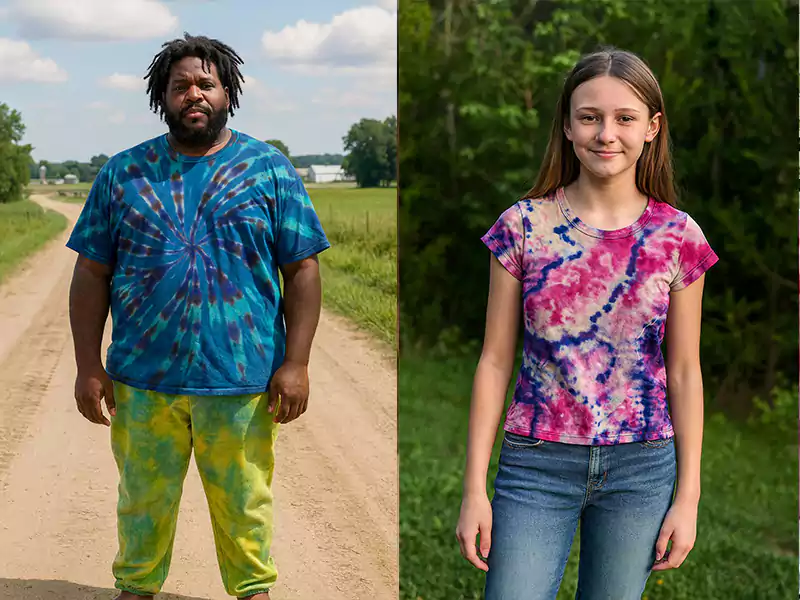
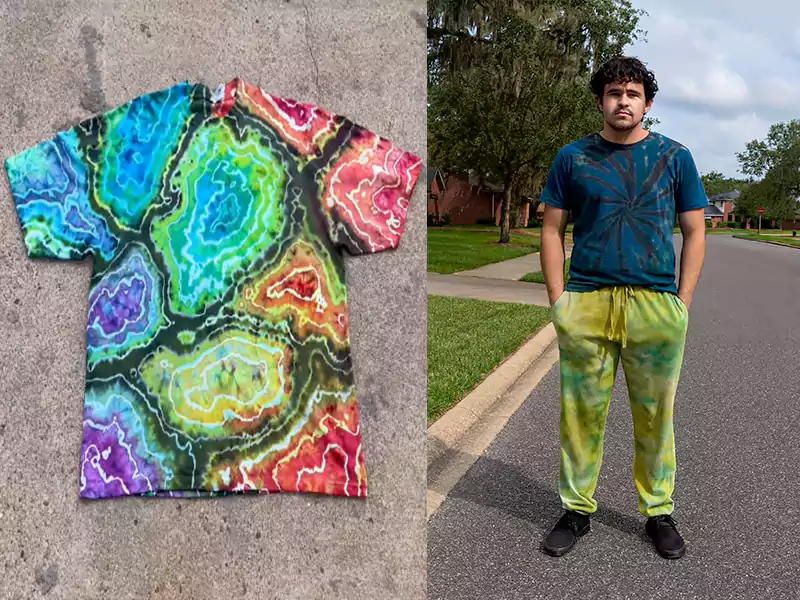
In tie-dye designs, shapes such as:
Rainbow effect, spiral patterns, plus or blot-like designs, lines and stripe-like visual impressions appear naturally. This technique is done by hand, and that is why every piece contains a natural randomness which makes it pure and unique. That’s why tie-dye clothing has become a symbol in the fashion world of retro, boho, and hippie culture, but even in today’s modern world, it is extremely popular among brands, boutiques, and custom manufacturers. In today’s modern technology, the tie-dye style is no longer limited to hand-tied and dyed methods — but now the same visual effect can be achieved through digital printing techniques like sublimation, DTF, and DTG. This process has been practiced for centuries in cultures thousands of years old — such as Japan, China, India, and Africa — where it has been adopted as a form of art and expression of thoughts. However, in today’s modern era, tie-dye is no longer just a handmade technique. Now if any brand or customer wants a tie-dye-like design on their t-shirts, hoodies, or fashion jerseys, they can achieve this without tying by hand — just through printing techniques: In today’s modern technology, tie-dye style is not limited to tying and dyeing by hand. The same visual effect can now be achieved through digital printing techniques such as sublimation, DTF, and DTG. This practice has been present for centuries in ancient cultures like Japan, China, India, and Africa, where it was adopted as a form of art and self-expression. However, in today’s modern age, tie-dye is no longer only a handmade technique. Now, if a brand or customer wants tie-dye designs on their t-shirts, hoodies, or fashion jerseys, they can obtain it through printing techniques without manual tying.
How is the Tie Dye Effect Achieved in Modern Printing?
Sublimation Printing. This technique is especially used on polyester fabric, and in it, the tie-dye design is printed in digital format and absorbed into the fabric. Result? The same color streaks and spirals, but without any color bleeding or fading.
DTF (Direct to Film). Through this, on any kind of fabric, especially cotton blends, tie-dye style print is possible. This print is eye-catching, vibrant, and extremely durable.
DTG (Direct to Garment). This technology is specifically used on 100% cotton fabric, and through precision printing, tie-dye-like complex and blurred styles are transferred in a completely realistic way. In Short: Tie-dye is a style, not just a technique. Whether you achieve it through the traditional hand-dyeing method or via the power of digital printing — the result is the same: Unique, colorful, and fashionable designs.
Benefits of Tie-Dye Printing
1. Unique and unmatched designs. Every tie-dye pattern is unique in its nature, because the order of colors and tying style is different each time. This is what makes it different and special from mass production.
2. Cultural, artistic, and fashionable. Tie-dye is not just a printing style but also a cultural expression, artistic reflection, and a fashion style — which is why it is very popular in retro, boho, and youth brands.
3. Also available in digital printing. If traditional dyeing is not possible, the tie-dye effect can also be achieved through sublimation, DTF, or DTG — making large-scale production possible with more accuracy in less time.
4. Deep colors and long-lasting impression. The colors used in tie-dye are deep, rich, and eye-catching, and if printed with modern methods, they retain their beauty through many washes.
5. Ideal for branding. Whether you’re building a streetwear brand, youth outfits, or creating a collection on a specific theme — tie-dye gives you that creative expression which instantly attracts customers.
Drawbacks of Tie Dye Printing
1. Traditional process is time-consuming. If you want to make tie-dye handmade, then the process requires more time, effort, and skill — each piece needs individual attention.
2. Controlled result is not possible (handmade version). In traditional tie-dye, 100% controlled result is not possible because the spread and absorption of color is naturally unpredictable. If a client wants a very specific design, then the digital version is better.
3. In handmade version, colors may fade. If quality is compromised, or quality dyes are not used, then colors may fade after a few washes — especially in hand-done dyeing.
4. Some fabrics are not suitable. Not all fabrics are suitable for tie-dye.For example, 100% polyester cannot be dyed with traditional tie-dye — only sublimation or digital methods can give the effect.
FAQ'S
Is tie-dye printing only done by hand?
No, not anymore. Although traditionally it was handmade, today sublimation printing, DTF, and DTG can also achieve the same effect—with faster speed, consistent quality, and large-scale production.
Are all dyes suitable for tie-dye?
No. For tie-dye, fiber-reactive dyes, direct dyes, or digital inks are used. Each fabric requires different dyes—for example, cotton requires different dyes than polyester.
Which company should I contact for tie dye printing?
If you want professional, custom, and branded tie-dye designs—whether traditional or modern—Ascension International is your trusted partner.
On which fabrics can tie-dye printing be done?
• For traditional tie-dye: Cotton, Viscose, Rayon
• For modern digital printing (like sublimation): Polyester or its blend
• For DTF / DTG: Cotton, blends, nylon, etc.
What is the difference between tie-dye and sublimation?
Tie-dye is a traditional dyeing process. Sublimation is a digital printing technique. But nowadays tie-dye-like designs can easily be created through sublimation.
Does tie-dye printing fade after washing?
If done traditionally without proper dyes and processing, yes, colors can fade. But if pre-treatment, heat-setting, and post-washing are done correctly—or if digital printing is used—the colors remain durable and long-lasting.
Can I get custom tie-dye designs or patterns?
Yes, if you want tie-dye style through digital printing, you can get your specific color palette, style, or pattern designed. In handmade, it is possible but not 100% controlled.
Can tie-dye printing be done on children’s clothing?
Yes, absolutely! Tie-dye looks very attractive on children’s t-shirts, frocks, and other items—especially in bright colors. But eco-friendly and non-toxic dyes must be used for kids.
Is tie-dye printing eco-friendly?
Handmade tie-dye can be eco-friendly if natural dyes are used. Digital printing also uses less water and creates less waste, making it more environment-friendly.
How much does tie-dye printing cost?
It depends on whether you are getting it handmade or digital (DTG/DTF/Sublimation). Generally, handmade is more time-consuming and expensive, while digital printing costs less for larger quantities in less time.
Is tie-dye printing only used in fashion?
No. Although fashion is its biggest field (t-shirts, hoodies, dresses, scarves, etc.), now it is also used in:
• Home textiles (bedsheets, curtains)
• Luxury scarves
• Art installations
